Imperial Star Artichoke Care: How To Grow An Imperial Star Artichoke Plant
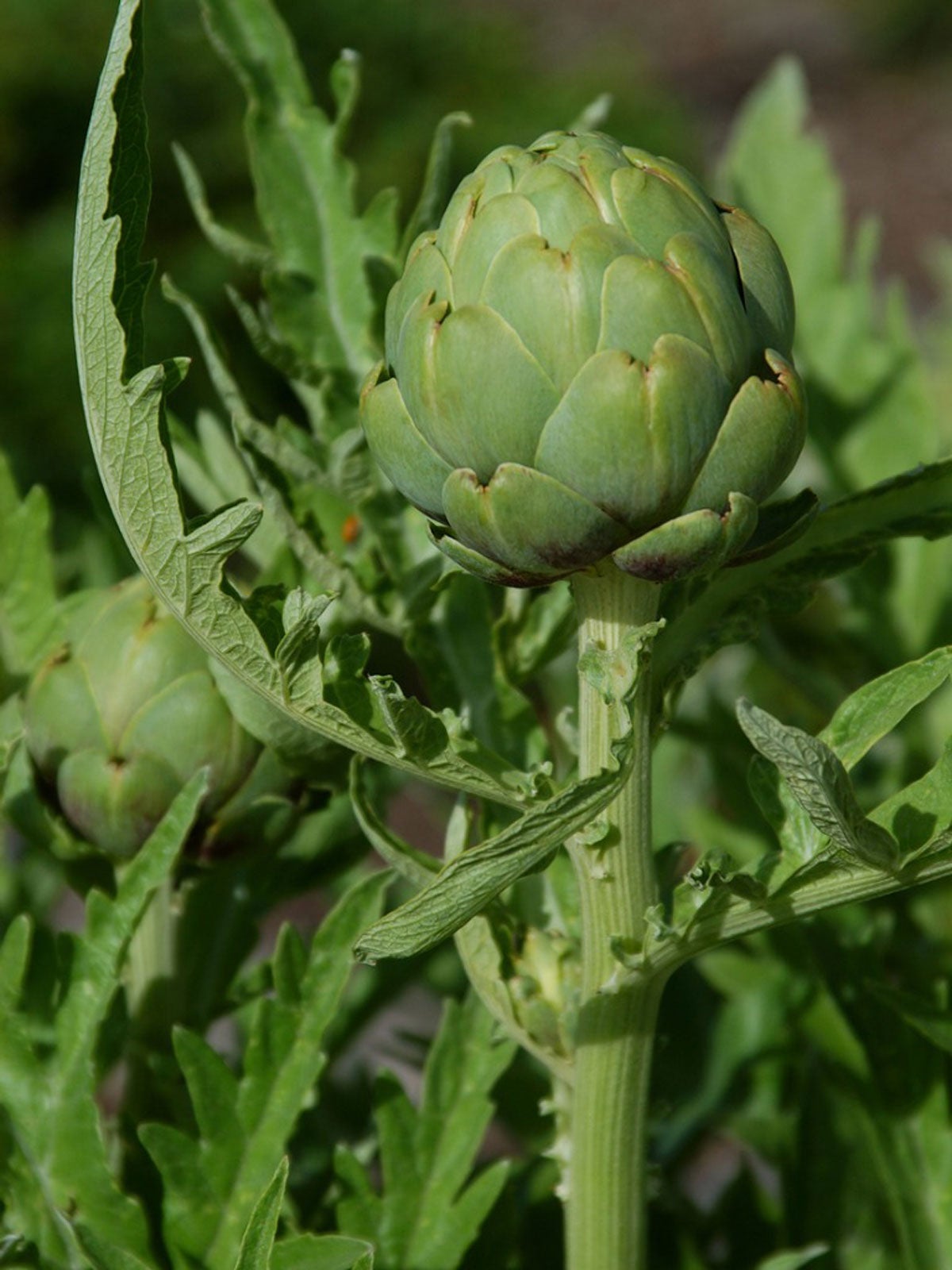

Imperial Star artichokes were originally developed to meet the needs of commercial growers. This thornless variety of artichoke is primarily cultivated as an annual and harvested during the winter months. In California, where the bulk of commercial artichoke production is located, perennial artichokes are harvested from spring through fall. The introduction of the Imperial Star artichokes allowed California growers to supply fresh artichokes year-round.
Imperial Star Artichoke Info
Since Imperial Star artichokes were specifically bred for cultivation as a cold-climate annual, this variety is well adapted for home gardeners who are unable to grow artichokes as perennials. The key to producing buds on annuals is exposing the Imperial Star artichoke plant to nighttime temperatures in the 50- to 60-degree F. (10 to 16 C.) range for a minimum of two weeks.
Imperial Star artichoke plants typically produce one to two primary buds up to 4 ½ inches (11.5 cm.) in diameter. In addition, five to seven smaller secondary buds will form. Mature buds are slow to open. Their flavor is sweet and mild.
How to Grow an Imperial Star Artichoke
For successful cultivation, follow these Imperial Star artichoke care steps:
- Start Imperial Star artichokes indoors 8 to 12 weeks before the final frost date. Sow seeds ¼ inch (0.5 cm) deep in a rich starting soil. Maintain ambient temperature between 65- and 85-degrees F. (18 to 29 C.). Germination time for Imperial Star artichoke plants is 10 to 14 days.
- Provide seedlings with 16 hours or less of quality light for optimal growth. At 3 to 4 weeks, feed seedlings with a weak solution of diluted fertilizer. If the seedlings become root bound, transplant to a 3- to 4-inch (7.5 to 10 cm.) pot.
- Harden off seedlings prior to transplanting in the garden. Artichokes prefer a sunny location, good drainage and fertile soil with a pH range between 6.5 and 7. Space plants 3 to 4 feet (1 m.) apart. Be sure to expose artichoke plants to cool nighttime temperatures to ensure the production of buds the first year.
- Artichokes require a minimum of 1 inch (2.5 cm.) of rain per week. Supply supplemental water as needed to maintain soil moisture. Mulch to prevent weeds and evaporation.
Harvest artichokes when the buds reach 2 to 4 inches (5 to 10 cm.) in diameter. In comparison with other varieties, Imperial Star artichokes are slow to open. Over mature artichokes become too fibrous for consumption, but left on the plant the buds open to reveal attractive, thistle-like flowers!
Gardening tips, videos, info and more delivered right to your inbox!
Sign up for the Gardening Know How newsletter today and receive a free copy of our e-book "How to Grow Delicious Tomatoes".

Laura Miller has been gardening all her life. Holding a degree in Biology, Nutrition, and Agriculture, Laura's area of expertise is vegetables, herbs, and all things edible. She lives in Ohio.
-
 Looking For Plants To Give You The Soft And Fuzzies? Try These 5 Fuzzy Leaf Plant Options
Looking For Plants To Give You The Soft And Fuzzies? Try These 5 Fuzzy Leaf Plant OptionsLovers of texture, drama, silver foliage and tactile plants will adore these special sensory garden additions. These fuzzy leaf plant options will leave you all aglow
By Susan Albert
-
 Get Ready For A Summer Of Hummers! Grow These Full Sun Hummingbird Plants and Flowers
Get Ready For A Summer Of Hummers! Grow These Full Sun Hummingbird Plants and FlowersIf you’re lucky enough to enjoy a sunny backyard, make sure you are maxing out on your pollinator opportunities and grow these full sun hummingbird plants and flowers
By Tonya Barnett
-
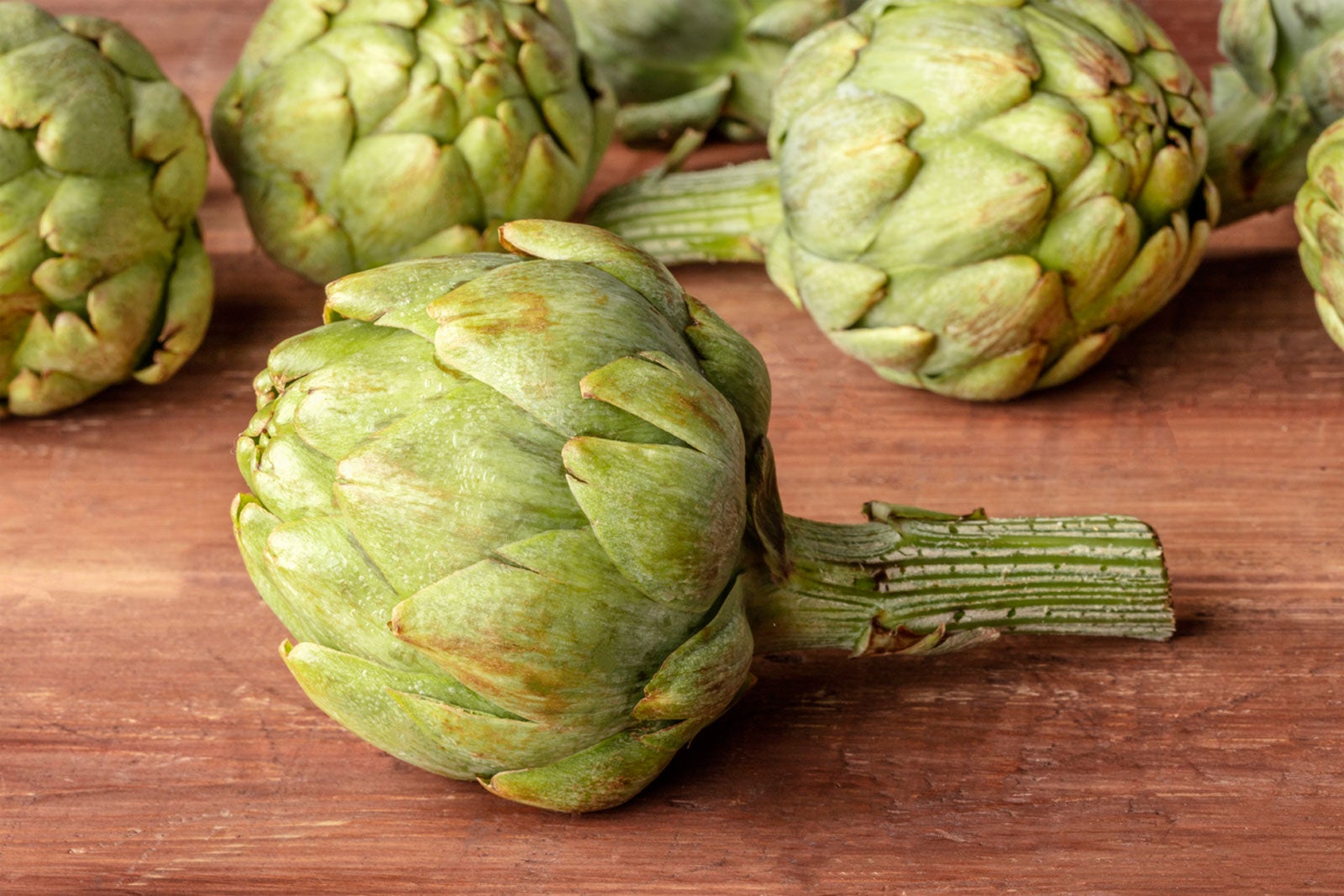 Green Globe Improved Artichoke: Learn About Green Globe Artichoke Care
Green Globe Improved Artichoke: Learn About Green Globe Artichoke CareGardeners grow plants either for their visual appeal or because they produce tasty fruits and vegetables. What if you could do both? The Green Globe Improved artichoke is not only a highly nutritious food but attractive when grown as an ornamental. Learn more here.
By Laura Miller
-
 Artichoke Plant Types: Learn About Different Artichoke Varieties
Artichoke Plant Types: Learn About Different Artichoke VarietiesThere are several varieties of artichoke, some of which produce big buds with plenty of flesh, while others are more decorative. Click on the following article for information on different artichoke varieties that might be suitable for your region.
By Bonnie L. Grant
-
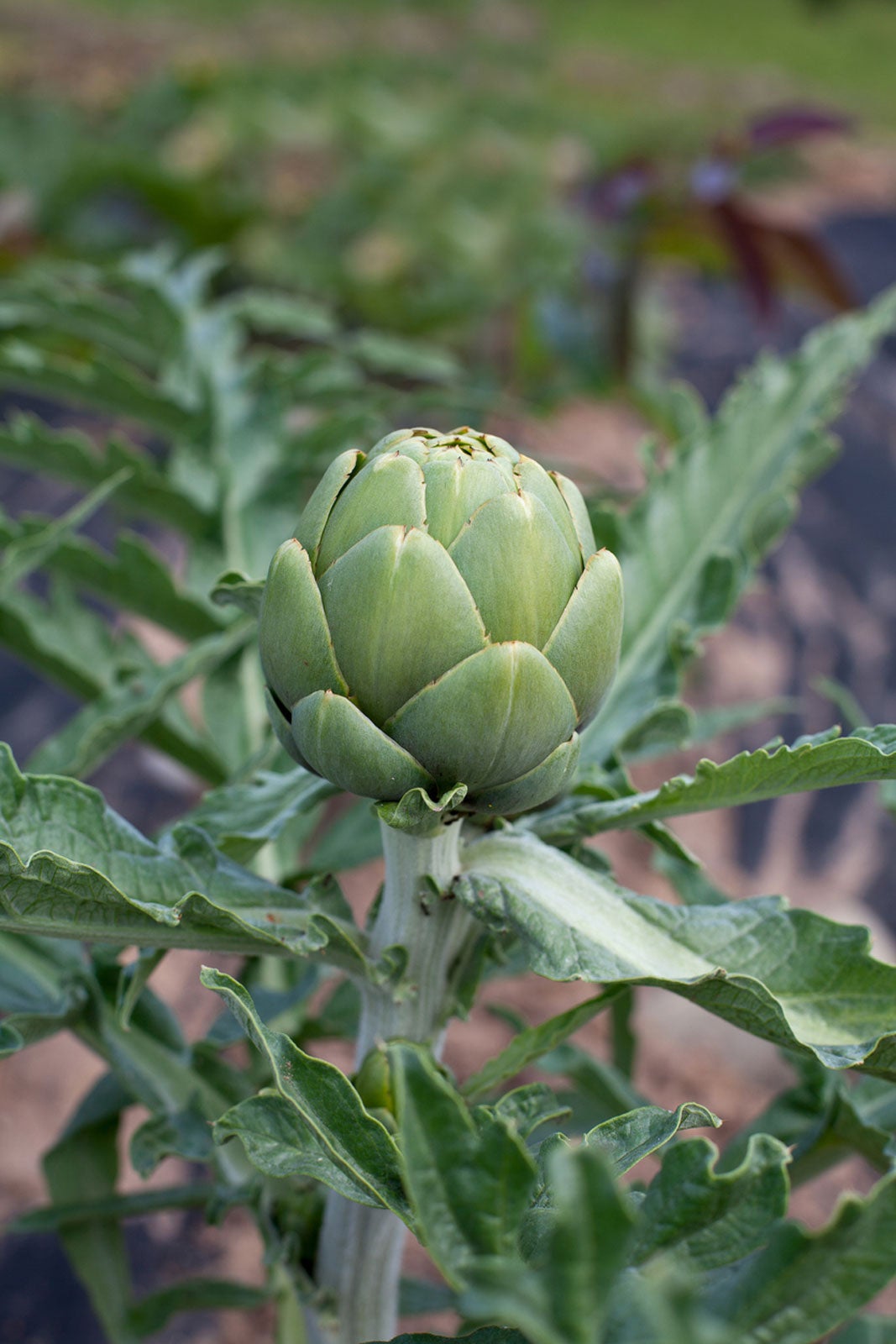 Container Grown Artichoke Plants: How To Grow Artichokes In Pots
Container Grown Artichoke Plants: How To Grow Artichokes In PotsIf you don’t think you have garden space for the large artichoke plant, try growing an artichoke in a container. Potted artichokes are simple to grow if you follow the container grown artichoke tips from this article. Click here to learn more.
By Amy Grant
-
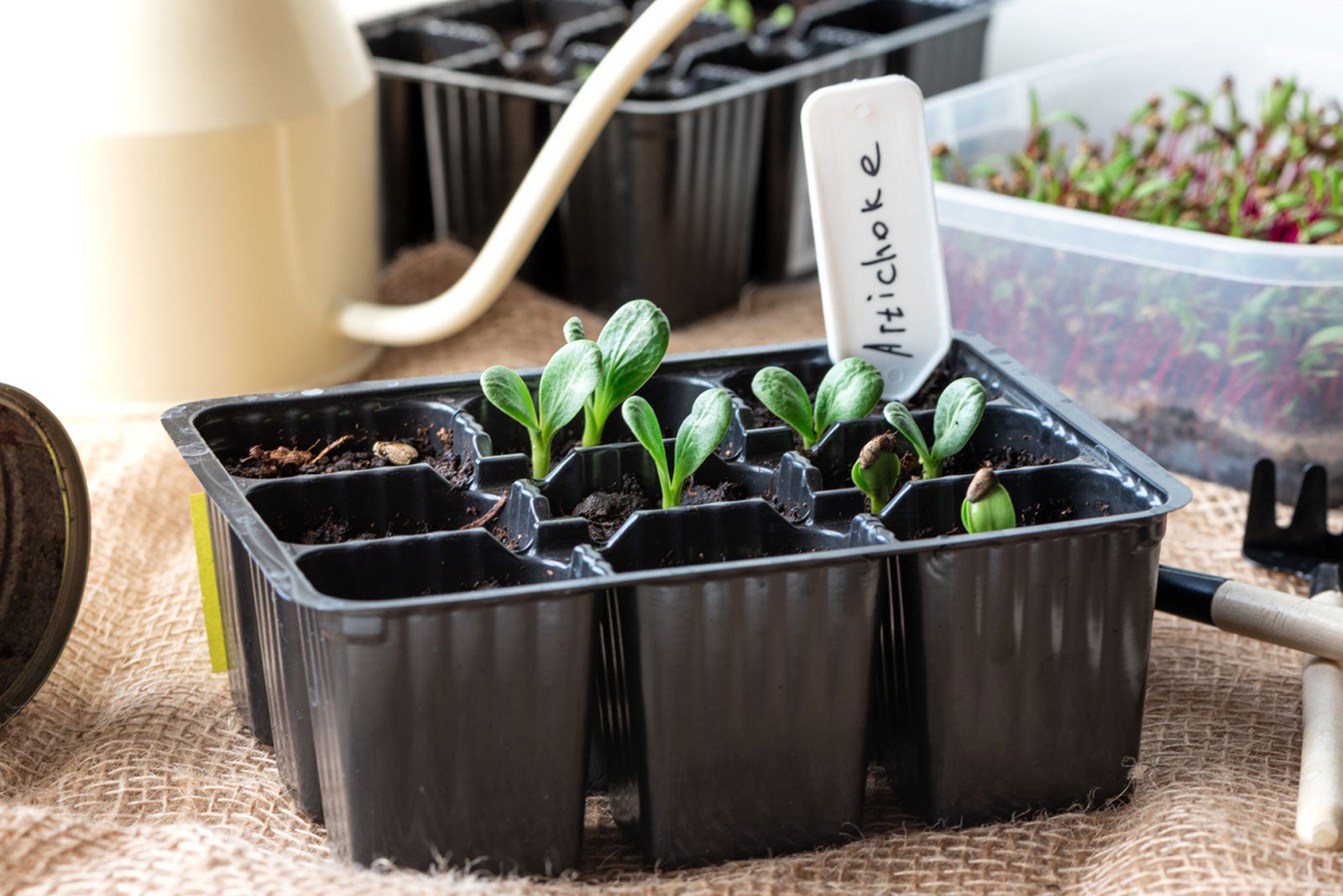 Artichoke Plant Propagation – How To Propagate An Artichoke
Artichoke Plant Propagation – How To Propagate An ArtichokeThe propagation of artichoke plants is believed to have originated in the Mediterranean area where this perennial thistle was considered a delicacy. For information on propagating artichoke plants to grow in the garden, click the following article.
By Laura Miller
-
 Artichoke Winter Care: Learn About Overwintering Artichoke Plants
Artichoke Winter Care: Learn About Overwintering Artichoke PlantsArtichokes are primarily cultivated commercially in sunny California, but are artichokes cold hardy? Overwintering artichoke plants isn’t difficult; it simply takes a little knowledge and planning. Click here for more information on artichokes in winter.
By Amy Grant
-
 Artichoke Companion Planting: Learn About Artichoke Plant Companions
Artichoke Companion Planting: Learn About Artichoke Plant CompanionsIf you do choose to add artichokes to your garden, it's important to know which plants work well near them and which don't. This article has additional information about what to plant next to artichokes. Click here to learn more.
By Liz Baessler
-
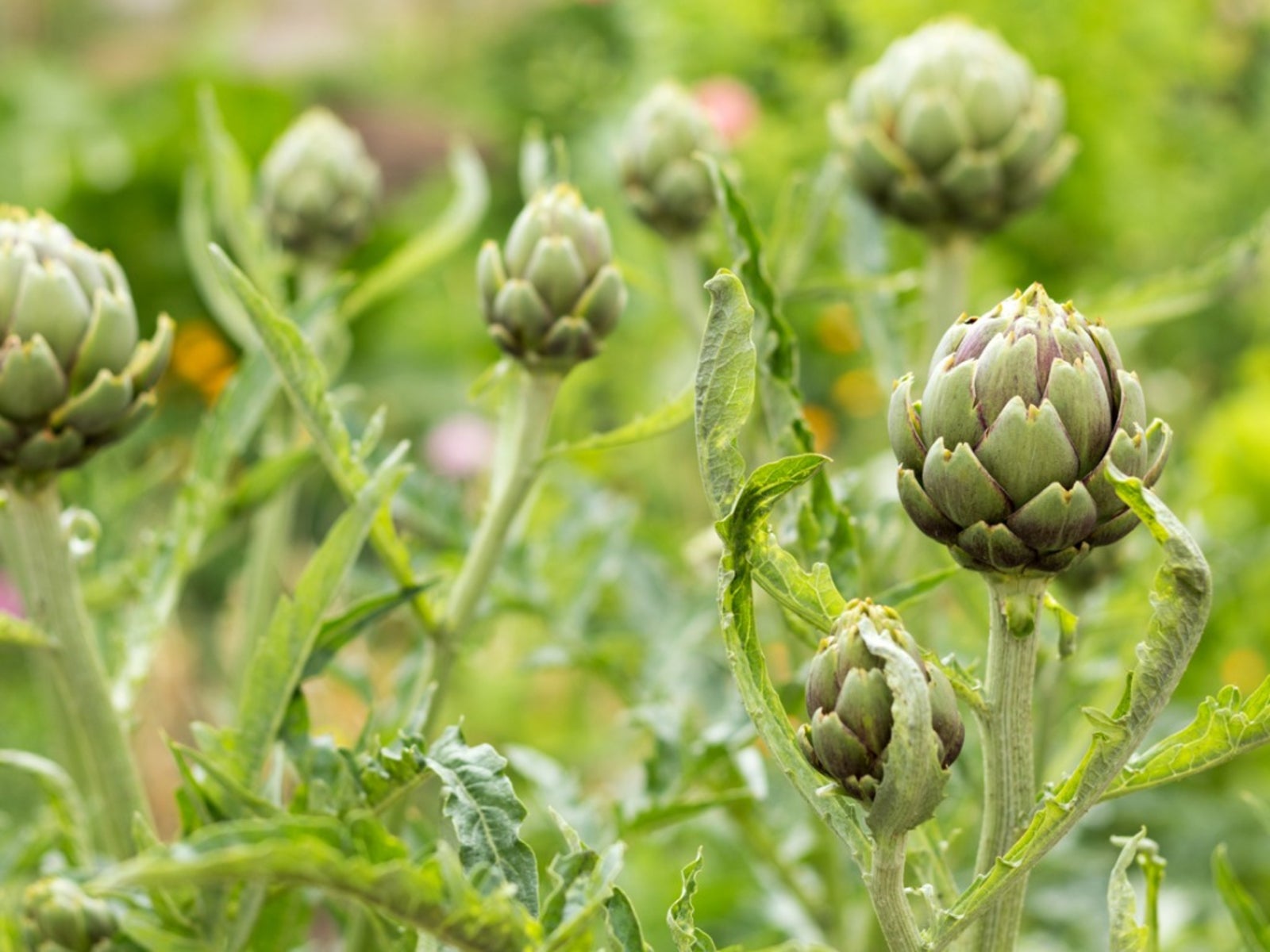 Problems With Artichoke Plants: Pest Control And Care Of Diseased Artichokes
Problems With Artichoke Plants: Pest Control And Care Of Diseased ArtichokesYou may on occasion encounter a few problems with artichoke plants while growing them. To get help for artichoke plants under attack, use the information found in this article.
By Bonnie L. Grant
-
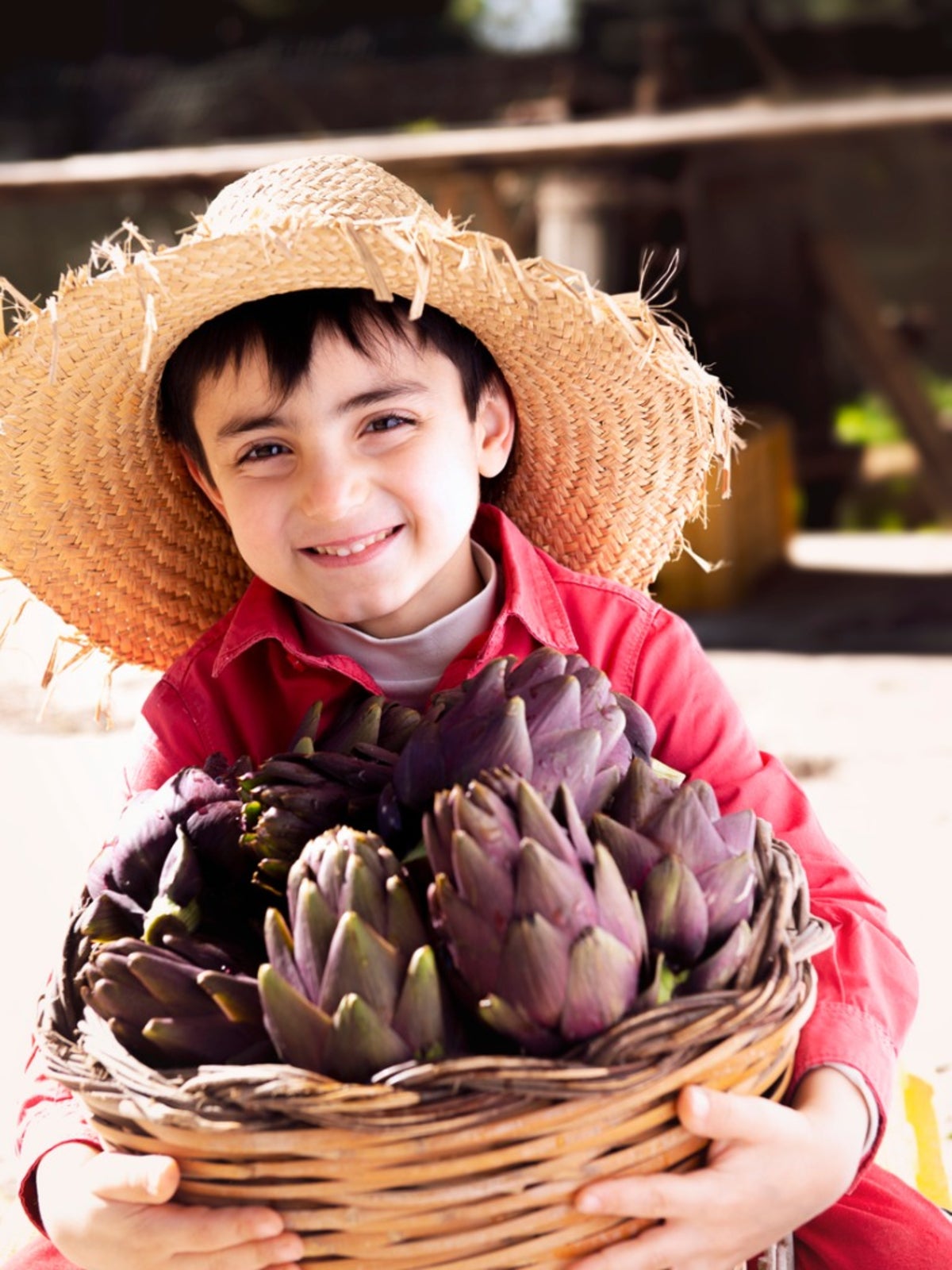 Picking An Artichoke - When And How To Harvest Artichokes
Picking An Artichoke - When And How To Harvest ArtichokesWhen and how to harvest artichokes in the home garden depends on the type you are growing. If you want to know how to tell when an artichoke is ripe, the information in this article can help.
By Susan Patterson